
Canals or artificial waterways are waterways or engineered channels built for drainage management or for conveyancing water transport vehicles. They carry free, calm surface flow under atmospheric pressure, and can be thought of as artificial rivers.

The Erie Canal is a historic canal in upstate New York that runs east–west between the Hudson River and Lake Erie. Completed in 1825, the canal was the first navigable waterway connecting the Atlantic Ocean to the Great Lakes, vastly reducing the costs of transporting people and goods across the Appalachians. In effect, the canal accelerated the settlement of the Great Lakes region, the westward expansion of the United States, and the economic ascendancy of New York State. It has been called "The Nation's First Superhighway."
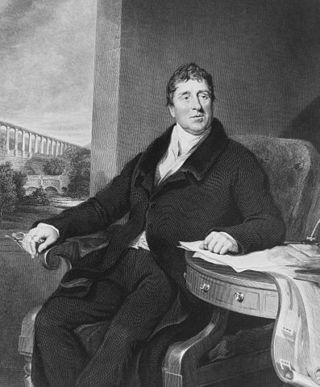
Thomas Telford was a Scottish civil engineer. After establishing himself as an engineer of road and canal projects in Shropshire, he designed numerous infrastructure projects in his native Scotland, as well as harbours and tunnels. Such was his reputation as a prolific designer of highways and related bridges, he was dubbed the Colossus of Roads, and, reflecting his command of all types of civil engineering in the early 19th century, he was elected as the first president of the Institution of Civil Engineers, a post he held for 14 years until his death.

William Jessop was an English civil engineer, best known for his work on canals, harbours and early railways in the late 18th and early 19th centuries.
Thomas Dadford Jr. was an English canal engineer, who came from a family of canal engineers. He first worked with his father in the north of Britain on the Stour and the Trent, but later independently, contributing to a number of canal schemes, mainly in Monmouthshire and Glamorganshire but also in Montgomeryshire and Ellesmere, before dying at the age of 40.
John Dadford was an English canal engineer, as were his father Thomas Dadford and brothers Thomas Dadford, Jr. and James Dadford. He lived from approximately 1769 to 1800, although neither date is known for certain.
James Dadford was an English canal engineer.
Benjamin Outram was an English civil engineer, surveyor and industrialist. He was a pioneer in the building of canals and tramways.
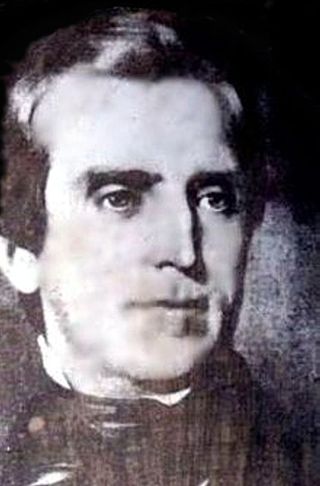
Moncure Robinson was an American civil engineer, railroad planner and builder and a railroad and steamboat owner, who is considered one of America's leading Antebellum period civil engineers. He was educated at the College of William and Mary and at the Sorbonne; his most noted project was the Philadelphia & Reading Railroad.

The Ohio and Erie Canal was a canal constructed during the 1820s and early 1830s in Ohio. It connected Akron with the Cuyahoga River near its outlet on Lake Erie in Cleveland, and a few years later, with the Ohio River near Portsmouth. It also had connections to other canal systems in Pennsylvania.
The year 1805 in architecture involved some significant events.
Josias Jessop (1781–1826) was a noted canal engineer, and second son of William Jessop, one of the great canal engineers of the late eighteenth and early nineteenth centuries. He was trained by his father, and worked under him on his early projects, but proved his abilities during the construction of Bristol harbour. He became an independent consulting engineer from 1811. He died fourteen years later, a little before he reached the age of 45.
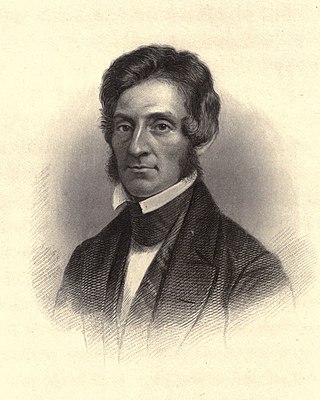
Charles Ellet Jr. was an American civil engineer from Pennsylvania who designed and constructed major canals, suspension bridges and railroads. He designed and supervised construction of the Wheeling Suspension Bridge, the longest suspension bridge in the world, from 1849 to 1851. He conducted the first Federal survey of the Mississippi and Ohio rivers as part of the U. S. Army Corps of Engineers.

Benjamin Wright was an American civil engineer who was chief engineer of the Erie Canal and the Chesapeake and Ohio Canal. In 1969, the American Society of Civil Engineers declared him the "Father of American Civil Engineering".
George Watson Buck (1789–1854) was the engineer of the Montgomeryshire Canal in the early 19th century, and was responsible for the unique lock paddle design.
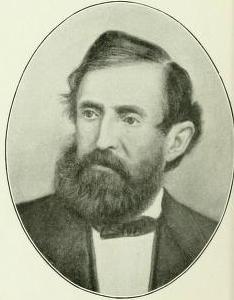
William Milnor Roberts was an American civil engineer. Roberts was one of the most prolific and prominent civil engineers of his generation in the United States. As a young civil engineer, he was involved in the construction of the Eads Bridge, held the title of the chief engineer of Northern Pacific Railroad, and was president of the American Society of Civil Engineers scarcely two decades after its founding,
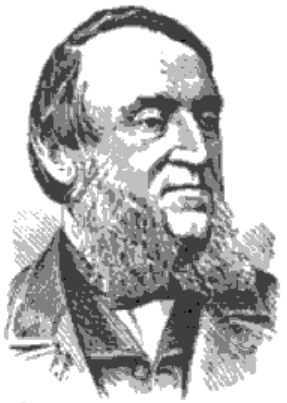
William Jarvis McAlpine was an American civil engineer and politician from New York. He was New York State Engineer and Surveyor from 1852 to 1853.
Hugh Henshall (1734–1816) was an English civil engineer, noted for his work on canals. He was born in North Staffordshire and was a student of the canal engineer James Brindley, who was also his brother-in-law.
The International Commission for the piercing of the isthmus of Suez was the commission consisting of various European experts convened in 1855 by Ferdinand de Lesseps as instructed by the viceroy of Egypt Muhammad Sa'id in order to ascertain the feasibility of a canal between the Mediterranean and the Red Sea and to evaluate the best alternative for such a canal.
The Schuylkill and Susquehanna Navigation Company was a limited liability corporation founded in Pennsylvania on September 29, 1791.









